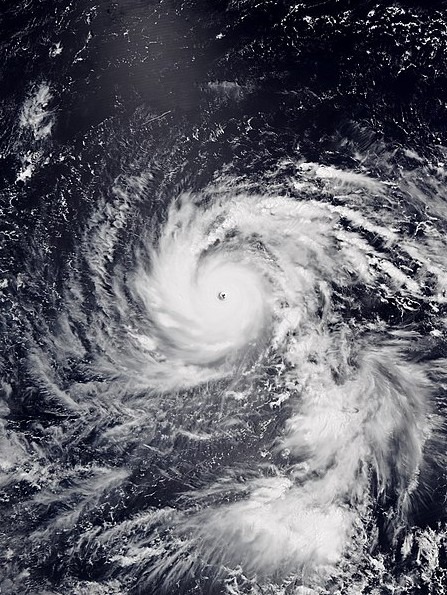Major Typhoons in World's History
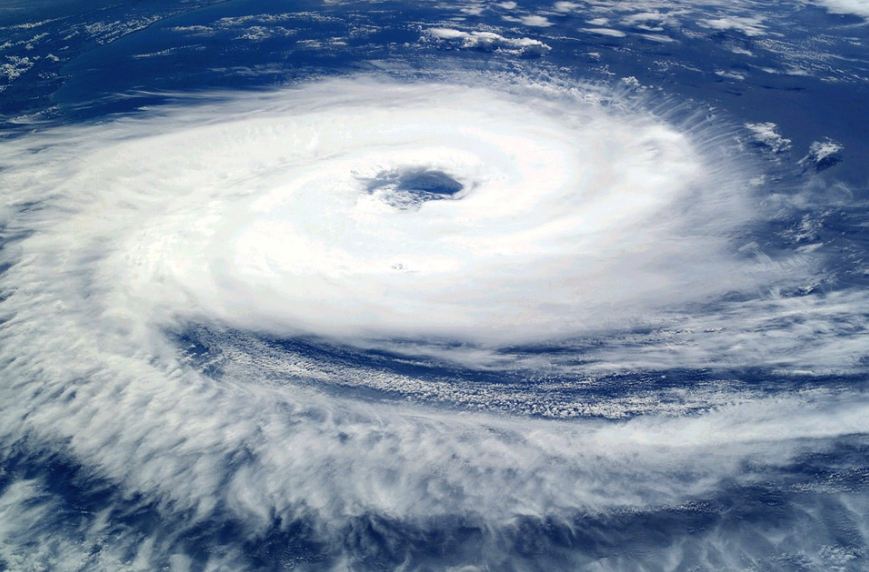
Typhoon is a tropical storm that develops between 180ᵒ and 100ᵒ E in the Northern Hemisphere. It is a large and swirling storm faster than a cheetah or any other fastest animal on land. The region in which it develops is also known as the Northwestern Pacific Basin and is also the most active tropical cyclone basin.
For accuracy, the northern Pacific Ocean is divided into three different regions, including the eastern (North America to 140ᵒW), central (140ᵒW to 180ᵒ), and western (180ᵒW to 100ᵒE).
Typhoons form over warm ocean waters. Sometimes they hit land. When they reach the ground, they push the wall of ocean water ashore, known as water surge. Heavy storm and rain surge from a typhoon can cause flooding.
These typhoons cause significant damage worth billions. You cannot prevent the loss other than protecting yourself and your loved ones because it is a natural disaster. Once a typhoon forms, the weather forecasters predict its path and predict how strong it will get. This information helps them to prepare for the incoming storm.
A warning center known as the Regional Specialized Meteorological Center for tropical forecasts located in Japan informs people about the incoming storm or a cyclone.
Major Typhoons in World's History
Typhoon Ida (1945)
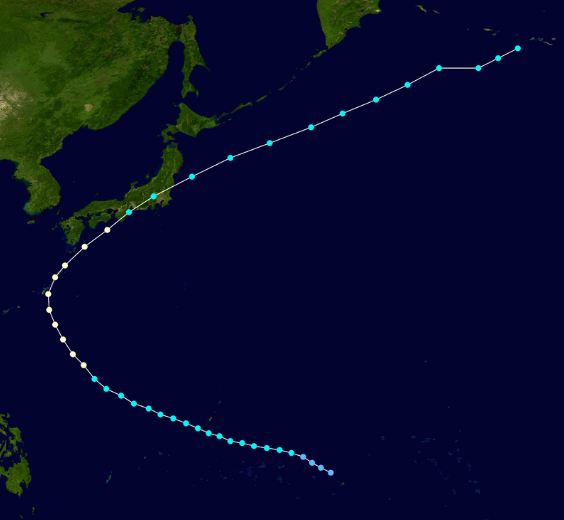
Typhoon Amy (1951)

Typhoon Ida (1958)

Typhoon Joan (1959)
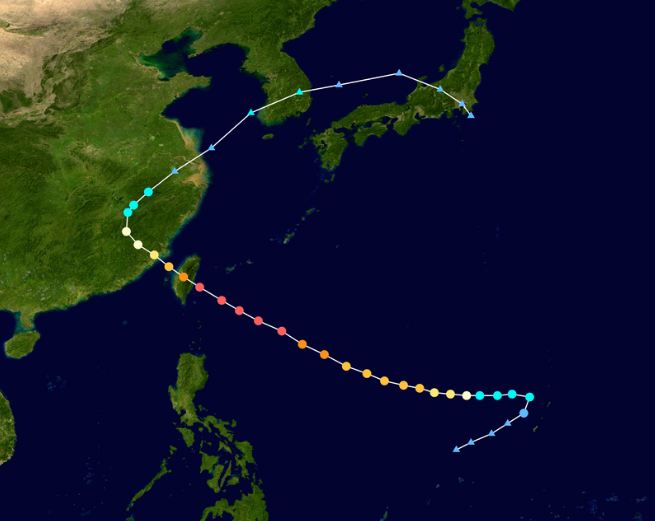
Typhoon Nancy (1961)
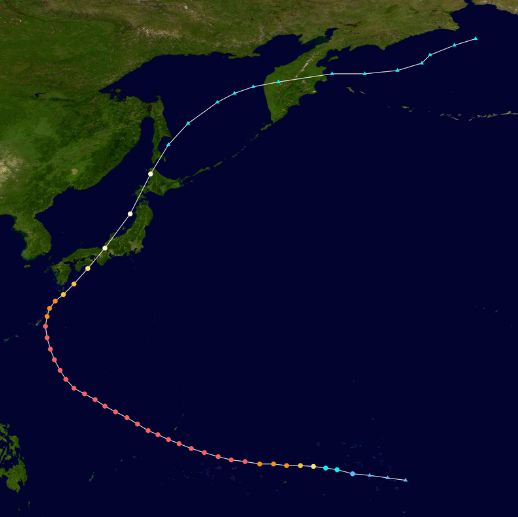
Typhoon Violet (1961)
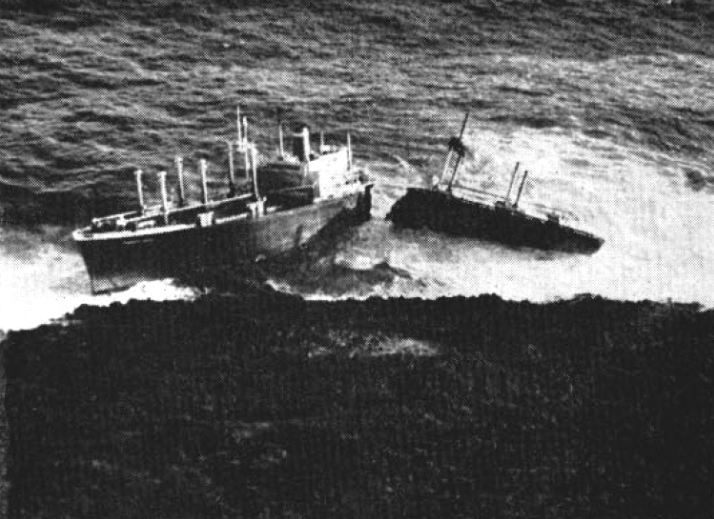
Typhoon Irma (1966)
Typhoon Irma, commonly known as Typhoon Klaring in the Philippines, took place in May 1966. It is one of the unique typhoons that remained at sea level even though it severely damaged some Islands in the West Pacific. It also had an exciting rapid deepening rate of four millibars per hour over the 24 hours from November 10 to November 11.
Typhoon June (1975)
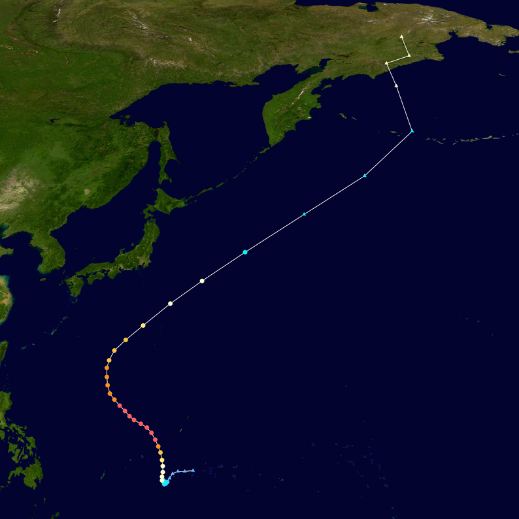
Typhoon Tip (1979)

Hurricane Andrew (1992)

Hurricane Katrina (2005)
Hurricane Katrina took place in the US in 2005. It was one of the most destructive category 5 Atlantic hurricanes. This typhoon caused over 1,800 deaths and almost $125 billion worth of damage in August 2005 in New Orleans and its surrounding areas. It was one of the costliest damage that was recorded at that time.
Hurricane Rita (2005)
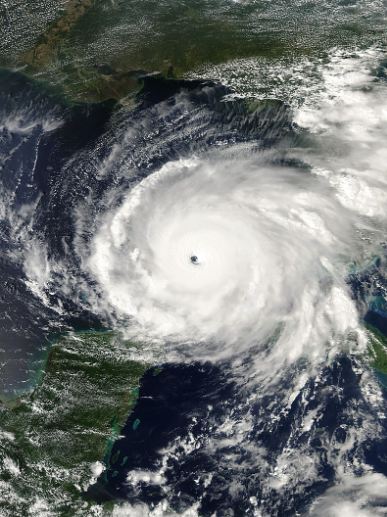
Hurricane Patricia (2015)

How to Prepare For Typhoons
- The first and most important step is to analyze your surroundings.
- Figure out the elevation level of your property and whether the land is flood-prone or not. Doing this will help you in knowing how the typhoons will affect your property when they are forecast.
- You should identify levees and dams in your area and figure out whether they are a hazardous threat to you.
- Learn the evacuation routes of the community typhoon and how to find higher ground. Determine where you will go and how you will get there in case you need to evacuate.
- Make sure to secure your property.
- Cover all the windows of your home with permanent storm shutters or 5/8-inch marine plywood that is cut to fit and ready to install.
- Install extra clips or straps to fasten your roof the frame structure securely.
- Make sure that the trees or shrubs around your house are well-trimmed as it makes them more wind-resistant.
- Clear the loose and clogged rain gutters and downspouts.
- Reinforce your garage doors because if wind enters the garage, it can cause massive and dangerous structural damage to the house.
- Make a plan to bring in all the outdoor furniture, decorations, garbage cans, and anything else that is not tied down.
- Figure out how and where to secure your boat if you have one.
- Install a generator for the power outages.
- If you are in a tall building, you should be prepared to take shelter on or below the 10th
- Build a safe room for yourself and your family that should last the storm.
Typhoons – A Natural Calamity
In light of the devastation caused by typhoons, it's always good to be prepared for one, especially if you live in an area where such disasters are common to occur. The loss of life and other things is immeasurable, and one should never underestimate such a calamity and be prepared for it.

